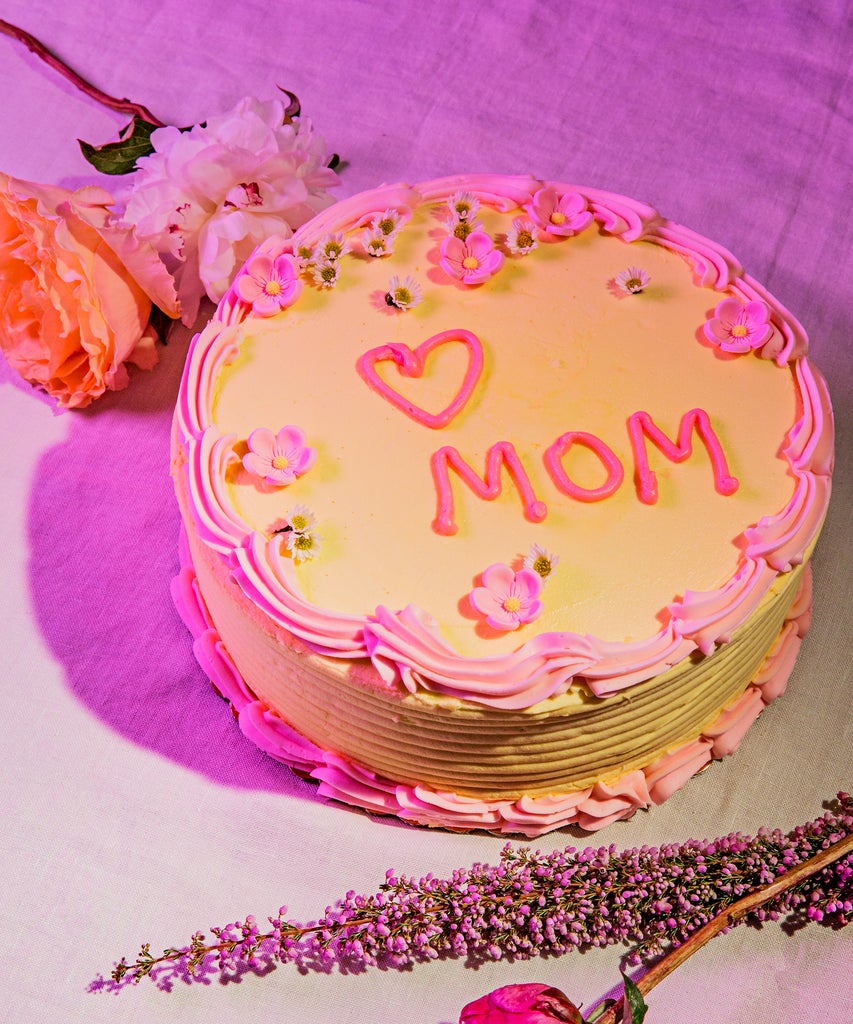Mother’s Day is right around the corner, and many families will have to find unique ways to celebrate caretakers from afar. It’s one day every year that people nationwide spend showering moms with acts of kindness, care, and plenty of gifts. But, despite the holiday’s modern commercialization and multi-billion dollar price tag, Mother’s Day actually has a surprisingly radical history.
A holiday now associated with brunching, flowers, and Hallmark cards, our current global public health crisis can give us all pause as we recognize the deep need to celebrate reproductive labor and the care economy. And, as it turns out, the national day to celebrate moms has its roots in a rallying cry against war, and was started first as a day to honor the caretakers whose (often devalued) labor literally keeps the whole world running.
So, how exactly did Mother’s Day start? Anna Jarvis is most often attributed with starting the campaign for a day to celebrate motherhood in the early 1900s. Jarvis first took this on in 1905 after the death of her own mother, an activist and community leader who cared for wounded soldiers during the U.S. Civil War. For years after her mother’s death, Jarvis urged Congress through speeches and in letters to officially recognize a national holiday in celebration of mothers everywhere. By 1914, Jarvis won her campaign to have the second Sunday in May recognized as Mother’s Day by President Woodrow Wilson.
But Jarvis’ desire for a public holiday to celebrate motherhood was quickly coopted by consumerism. As florists and candy companies began using the holiday for profit, Jarvis would later fight to have Mother’s Day removed from the list of national holidays in order to stop its commercialization. And despite her own mother’s activism, Jarvis wasn’t thrilled about activist groups politicizing the holiday, either.
But, the story of Mother’s Day goes back in Jarvis’ history even further — t0 the 1850s — when her mother, Ann Reeves Jarvis, helped organize Mothers’ Day Work Clubs to help educate working class mothers in West Virginia. She also organized working class women to fight for clean water and sanitation, and for universal access to healthcare. Sound familiar? Still, her daughter was hesitant to connect the public holiday with her mother’s community efforts.
Even so, the holiday also had its more radical commemorations. Before Jarvis’ Mother’s Day initiative began, the abolitionist and suffragette poet Julia Ward Howe wrote the “Mother’s Day Proclamation” in 1870, a rallying cry against war and state violence. Howe’s “Mother’s Day for Peace” would be celebrated every year on June 2, which she first organized in opposition to the Civil War and Franco-Prussian War, and in solidarity with working mothers across borders.
“Our sons shall not be taken from us to unlearn all that we have been able to teach them of charity, mercy and patience,” Howe wrote. “We women of one country will be too tender of those of another country to allow our sons to be trained to injure theirs.”
Despite the holiday’s more modern corporatization, this year seems an especially important one to remember the radical history of Mother’s Day, and its ties to community care and justice.
from refinery29
The Surprisingly Radical History Of Mother’s Day
![The Surprisingly Radical History Of Mother’s Day]() Reviewed by streakoggi
on
May 09, 2020
Rating:
Reviewed by streakoggi
on
May 09, 2020
Rating:





